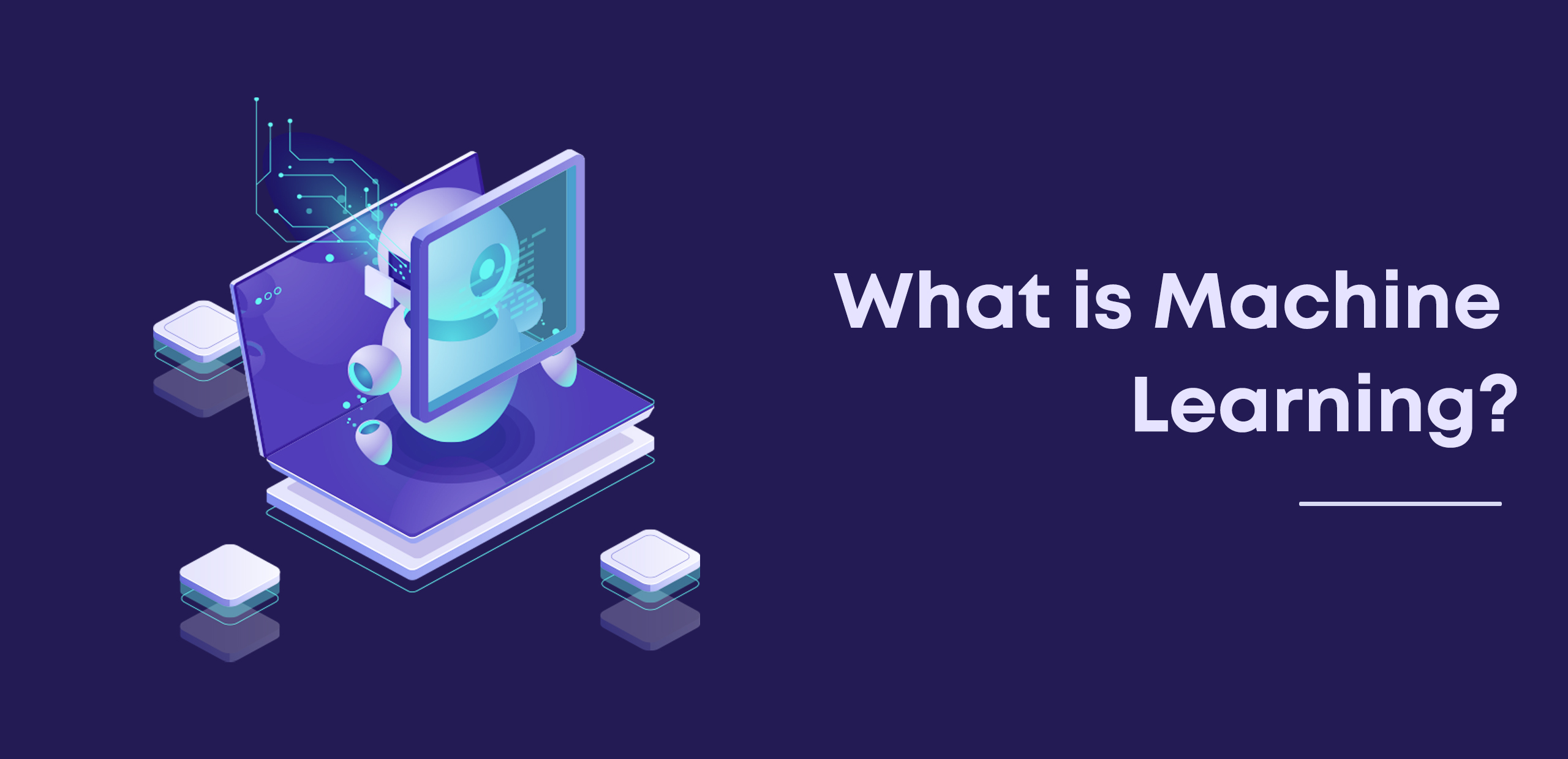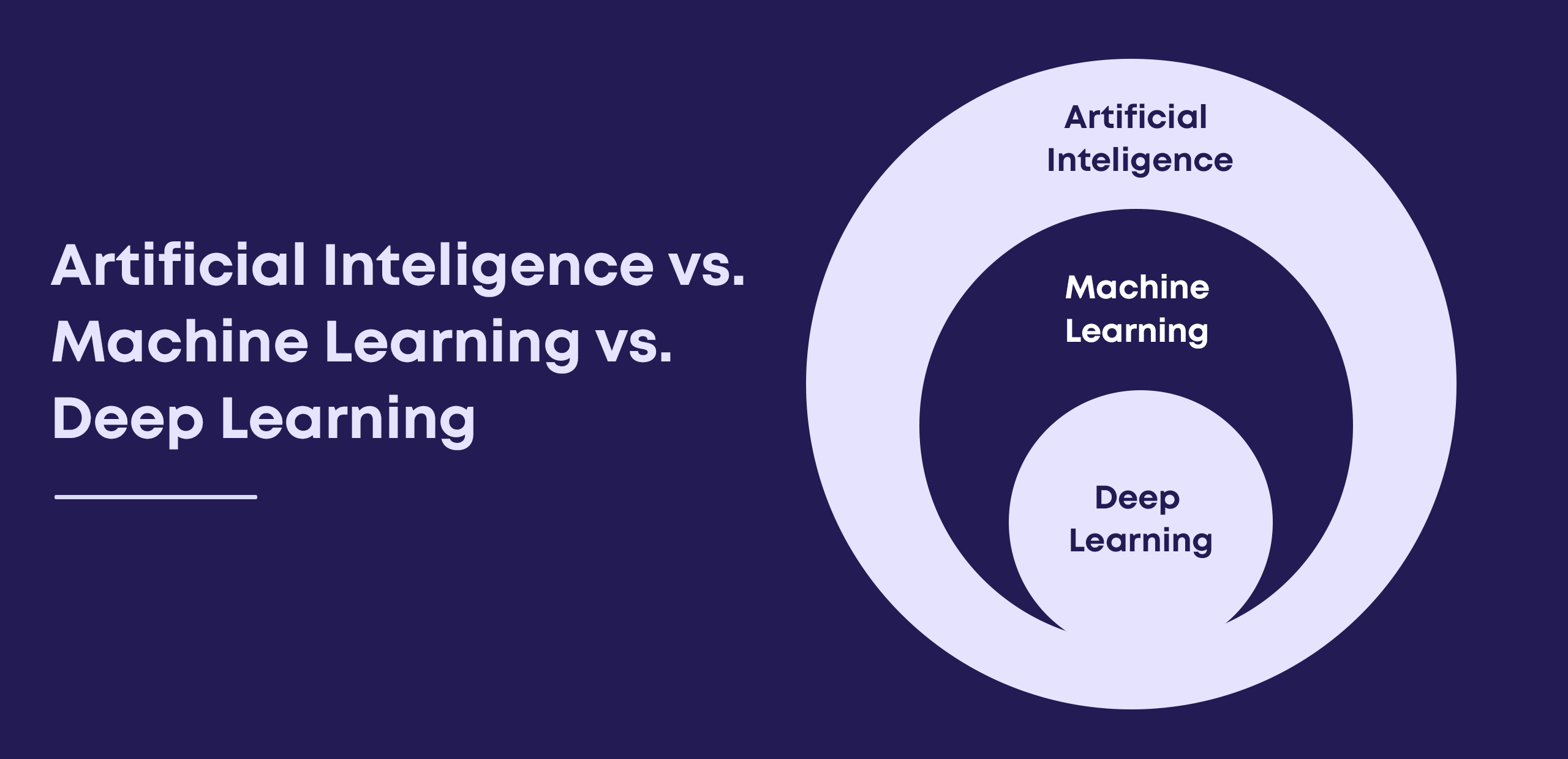What is AI/ML and why does it matter to your business?
Artificial intelligence (AI) and machine learning (ML), also known as AI/ML, are two key Software Developments in computer science and data processing that are rapidly changing a wide range of sectors.
Businesses and other organisations that are undergoing a digital transition are confronted with a mounting data tsunami that is both extremely valuable and becoming more and more difficult to gather, process, and analyse. To manage the enormous amount of data being collected, mine it for insights, and act on those insights when they are found, new tools and methodologies are required.
What is Artificial Intelligence?

Artificial intelligence (AI) is the term for systems and algorithms that can mimic cognitive processes like perception, learning, and problem-solving in order to simulate human intellect. Deep learning (DL) and machine learning are branches of AI.
Modern web search engines, voice-activated personal assistants, self-driving cars, and recommendation systems like those used by Spotify and Netflix are some examples of useful applications of AI.
There are four levels or types of AI; we have accomplished two of them, and the other two are still in the theoretical stage.
4 types of AI
The four kinds of AI are reactive machines, limited memory, theory of mind, and self-awareness, going from most basic to most complex.
Reactive machines are able to carry out fundamental tasks in response to an input. At this stage of AI, there is no such thing as “learning”—the system is taught to perform a specific task or set of tasks and never strays from that. These are solely reactive machines that are incapable of storing inputs, operating outside of a specific context, or evolving over time.
Most recommendation algorithms, IBM’s Deep Blue chess AI, and Google’s AlphaGo AI are examples of reactive machines. (arguably the best Go player in the world).
Limited memory AI Systems have the ability to store data from input as well as data from any actions or choices they make, and then analyse that data later to get better over time. As learning requires a small amount of memory, this is where “machine learning” really starts.
These are the most sophisticated AIs we have created to date because limited memory AIs can get better over time. Self-driving cars, virtual speech assistants, and chatbots are a few examples.
Theory of mind is the first of two theoretically possible, more advanced kinds of AI that we haven’t yet developed. At this level, AIs would start to comprehend human thoughts and emotions and initiate meaningful interactions with us. Instead of the current one-way interactions humans have with a variety of less developed AIs, this connection between humans and AI is reciprocal.
The phrase “theory of mind,” which is taken from psychology, refers to an AI’s comprehension that people have thoughts and emotions, which in turn influence the AI’s behaviour.
Self-awareness is regarded as the pinnacle of AI development by many, wherein AIs possess human-level consciousness, cognizant of their existence as beings in the world, and possessing the same desires and feelings as humans. Self-aware AIs are currently only a concept found in science fiction.
What is Machine Learning?

Machine learning (ML) is a branch of artificial intelligence (AI) that belongs to the “limited memory” group and allows the AI (machine) to learn and advance over time.
The three main categories of machine learning algorithms are reinforcement learning, unsupervised learning, and a number of other algorithms.
3 types of Machine Learning Algorithms
Similar to the various AI subtypes, there are various machine learning subtypes that vary in complexity. Although there are other kinds of machine learning methods as well, these three are the most common and are often combined or based on them.
Supervised learning is the simplest of these and occurs when an AI is actively supervised throughout the learning process, as it states on the box. The computer will be given a large amount of data to process and learn from by researchers or data scientists, as well as some sample results that the data should yield. (more formally referred to as inputs and desired outputs).
An agent that can forecast outcomes based on fresh input data is the end product of supervised learning. By saving and repeatedly reexamining these predictions, the computer may continue to hone its learning, gradually increasing its accuracy.
Applications for supervised machine learning include spam detection, media suggestion systems, image recognition, and predictive analytics.
Unsupervised learning requires no assistance from people while learning. When provided a large amount of data to analyze, the agent finds patterns on its own. Because machines can identify more and different patterns in any given collection of data than humans, this kind of analysis can be very beneficial. Unsupervised machine learning (ML) can develop over time, just like supervised machine learning.
Applications for unsupervised machine learning include things like identifying client segments in marketing data, imaging in the medical field, and anomaly detection.
Reinforcement learning is the most complicated of these three methods. Given that no data set is given to train the algorithm, Instead, the agent gains knowledge through interaction with the world it is placed in. It improves over time by honing its responses to maximise positive rewards because it gets positive or negative rewards depending on the actions it takes.
Self-improving industrial robots, automated stock trading, cutting-edge recommendation engines, and bid optimisation for maximising ad spend are a few examples of uses for reinforcement learning.
What is Deep Learning?
In order to simulate human neural networks, deep learning (DL), a subset of machine learning, does not require pre-processed data. Huge amounts of unstructured data can be ingested, processed, and analysed by deep learning systems so they can learn without any human involvement.
A program for deep learning can get better over time, just like other kinds of machine learning.
Deep learning is presently being used to develop computer vision, facial recognition, and natural language processing, among other useful applications.
AI vs. Machine Learning vs. Deep Learning

Deep learning therefore falls under machine learning, which itself falls under artificial intelligence. But what are their real contrasts and similarities?
The relationship between them is frequently represented as a collection of concentric circles, with DL at the centre and AI on the outside.
There are four different kinds of AI, including two that are currently only theoretical, as was mentioned above. In this sense, the idea of making machines that mimic human intelligence and thought is referred to as artificial intelligence. Much of what comprises artificial intelligence is presently impractical because the ultimate goal of developing self-aware AI is far beyond our current capabilities.
On the other hand, machine learning, which is a “limited memory” type of AI, is a practical application of AI that is presently feasible.
The majority of machine learning (ML) algorithms have one or two “layers”—such as an input layer and an output layer—with few, if any, processing levels in between. As a result, machine learning is still generally straightforward. While machine learning models can get better over time, they frequently require human supervision and updating.
Deep learning, in contrast, uses numerous layers, and it is these additional, “hidden,” processing layers that give deep learning its name. Deep learning algorithms are basically self-training in that they can assess and improve their accuracy over time by analysing their own predictions and outcomes. Deep learning systems have the ability to learn on their own.
The stacked algorithms that collectively make up what is known as an artificial neural network enable DL to accomplish this. Although these were influenced by the neural networks of the human brain, they are clearly unable to match their sophistication. Nevertheless, they are the most sophisticated AI systems we can currently create and are considerably more advanced than basic ML models.
Why is AI/ML important?
The quantity of data generated and stored globally is increasing at an exponential pace, making data an increasingly significant business asset. Of course, gathering data is useless if you don’t do anything with it, but these massive influxes of data are simply impossible to handle without assistance from automatic systems.
Organizations can gain value from the vast amounts of data they collect by using artificial intelligence, machine learning, and deep learning. These technologies offer business insights, automate tasks, and enhance system capabilities. AI/ML development has the potential to completely transform a company by assisting with the achievement of measurable results like:
- Increasing consumer contentment
- providing unique digital offerings
- improving current business offerings
- automation of company processes
- expanding sales
- lowering expenses
Conclusion
While it is obvious that AI/ML is a powerfully transformative technology that can add significantly to any business, getting started can be a bit intimidating.
It’s excellent news that you can make a modest start. You can incorporate AI/ML into your company without making a sizable initial expenditure, allowing you to test the waters and begin to determine how and where AI/ML will help your company in more manageable, incremental steps.
Even though we only touched on the potential of AI/ML applications across industries in this piece, staying ahead of the curve is always a smart move for any professional. You can get started at Nettyfy Technologies with the assistance of our knowledgeable and cutting-edge pros in this developing area of AI/ML Application Development. Contact us if you have any needs for AI/ML development, and we’ll provide you with the support you require.


